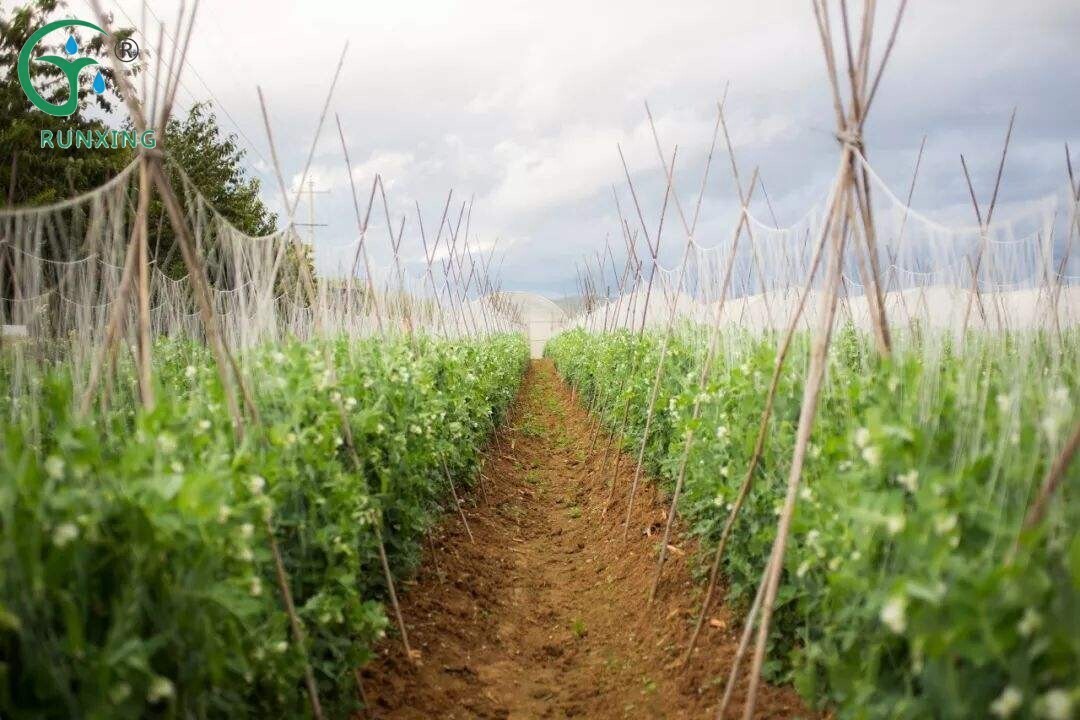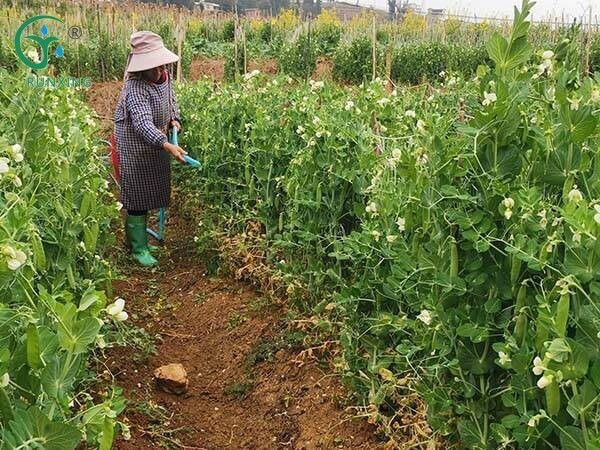Pea Cultivation and Drip Irrigation Systems in South America: A Science Overview
In the vast continent of South America, peas serve as a significant food crop, with their cultivation techniques and irrigation methods being a key focus for farmers. Especially today, with water resources becoming increasingly precious, the application of drip irrigation systems in pea cultivation holds particular importance. This article delves into whether drip irrigation systems are necessary for pea cultivation in South America, along with the required drip irrigation equipment and installation methods. Additionally, it shares some tips for growing peas.

Is Drip Irrigation Necessary for Pea Cultivation in South America?
The answer is yes. Although some parts of South America boast abundant water resources, seasonal droughts and uneven soil moisture still affect the growth of peas. Drip irrigation systems, as an efficient water-saving irrigation method, can precisely deliver water to the roots of the peas, reducing water evaporation and loss, and enhancing water utilization efficiency. This is crucial for the growth of peas, especially during the initial growth stage where they require more water to maintain vigorous growth. During the maturity and fruit-forming stages, however, the water requirement decreases. Therefore, using drip irrigation systems allows for the adjustment of irrigation water based on different growth stages of the peas, avoiding water wastage due to over-irrigation.
Required Drip Irrigation Equipment and Installation Methods
Required Equipment:
Drip Irrigation System:This includes drip irrigation tubing, drippers, filters, and fertilization devices. The drip irrigation tubing serves as the main conduit for water delivery, while the drippers release water slowly into the soil in droplet form. Filters are used to remove impurities from the water, preventing clogging of the drippers. Fertilization devices can provide necessary nutrients to the peas while irrigating.
Timers: These are used to set irrigation schedules, enabling automatic irrigation and reducing manual operations.
Installation Methods:
Planning and Layout: Based on the size and shape of the pea cultivation area, plan the layout of the drip irrigation system.
Installing Tubing: Lay the drip irrigation tubing along the planned route, ensuring tight connections between pipes to prevent leaks.
Installing Drippers: Attach drippers to the tubing at regular intervals to ensure each pea plant receives adequate water.
Connecting Filters: Install filters at the entrance of the drip irrigation system to prevent impurities from entering the pipes.
Setting Timers: Connect the timer to the drip irrigation system and set the irrigation schedule and water volume.
Tips for Pea Cultivation
Land Preparation: Peas prefer fertile, well-drained soil with good air permeability. Before planting, prepare the land by removing weeds and stones, and incorporating composted organic fertilizer into the soil to provide sufficient nutrients for the peas.
Seeding: Dig shallow trenches on the soil surface, evenly distribute the pea seeds on top, cover with soil, and gently compact it. During seeding, maintain soil moisture but avoid directly watering to prevent drowning the seedlings.
Supports and Strings: Peas grow by twining, requiring support to thrive. Add supports when planting or when the peas have grown 1-2 sets of leaves, and provide enough space for development.
Reasonable Irrigation: Adjust the irrigation water volume based on the growth stage of the peas and soil moisture. More water is needed during the initial growth stage, while less is required during maturity and fruit formation.
Pest and Disease Control: Regularly check the growth of the peas, promptly detect and treat pests and diseases to avoid growth obstacles.
Timely Harvesting: The growth cycle of peas is approximately 70-80 days. Harvest when the pods are full, the peas are evenly colored, and have hardened.

Through reasonable irrigation methods and equipment selection, along with scientific cultivation techniques, pea cultivation in South America can achieve efficient water-saving, increased production, and higher income. We hope this article provides valuable insights and guidance for farmers.
If you have any needs, please contact us.
About Us
We are dedicated to offering innovative, water-saving, and labor-saving irrigation solutions for agriculture worldwide. Our focus on quality and continuous innovation drives the development and progress of the industry
LOGO
This stunning beach house property is a true oasis, nestled in a serene coastal community with direct access to the beach.
Opening Hours
Monday - Friday : 9AM to 5PM
Sunday: Closed
Closed during holidays
Contact
+18888888888
hezuo@eyingbao.com123 West Street, Melbourne Victoria 3000 Australia
